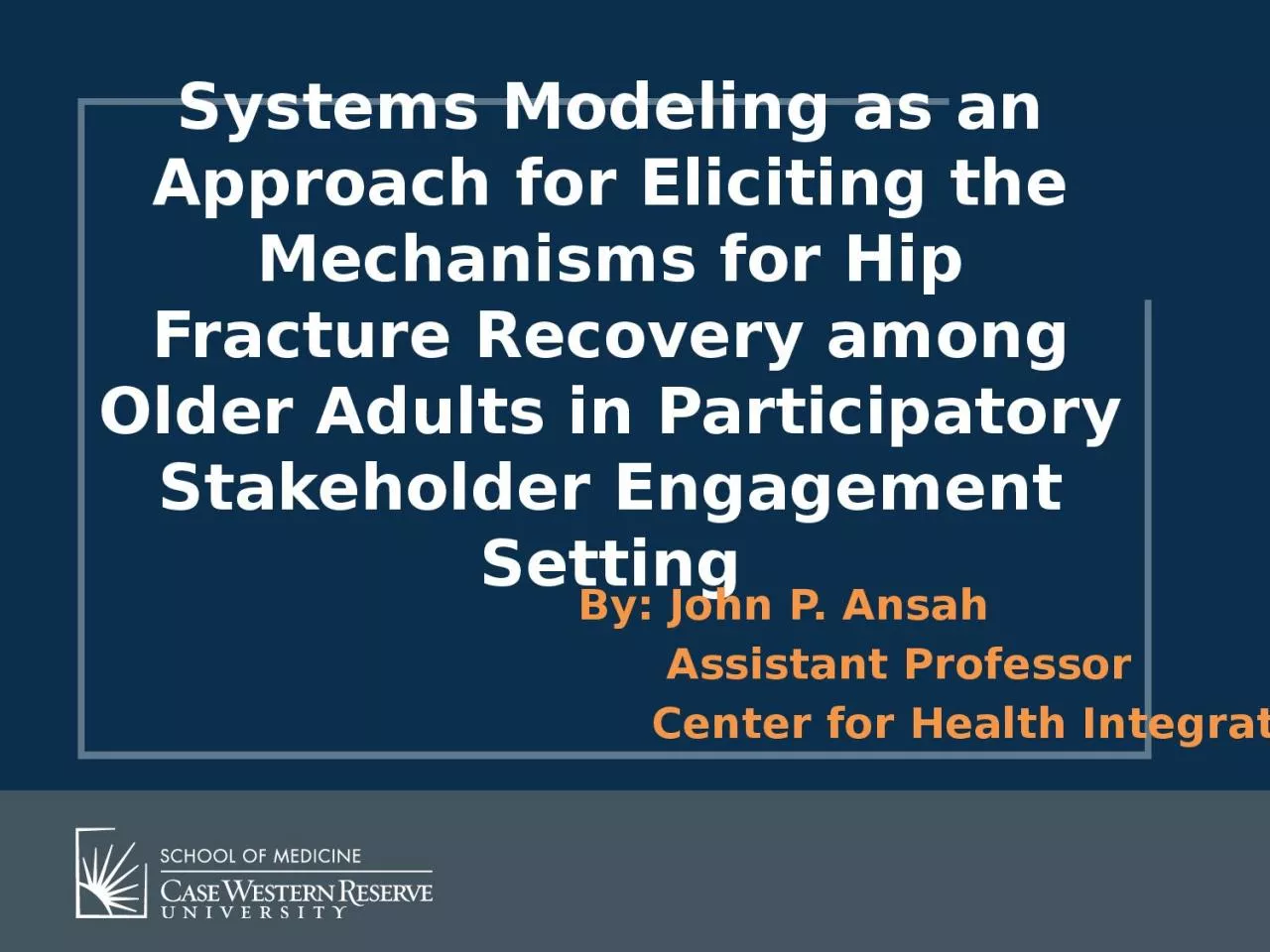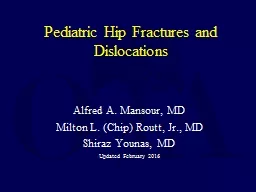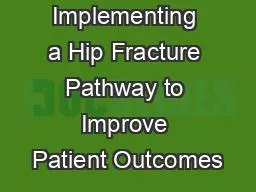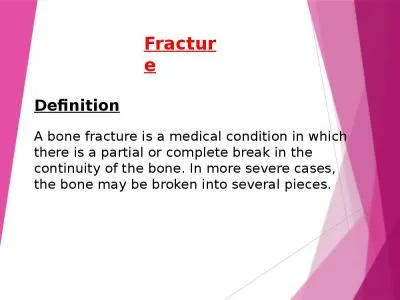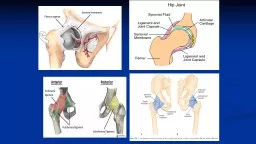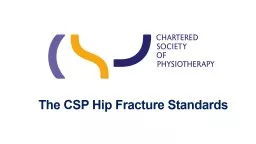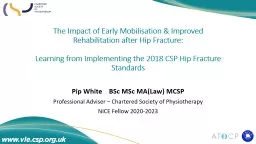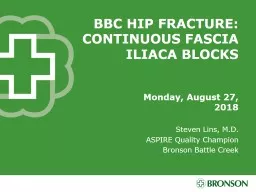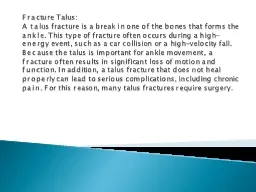PPT-Systems Modeling as an Approach for Eliciting the Mechanisms for Hip Fracture Recovery
Author : esther | Published Date : 2024-03-15
By John P Ansah Assistant Professor Center for Health Integration Background With its high and increasing life expectancy Singapore will likely see a rise in osteoporosis
Presentation Embed Code
Download Presentation
Download Presentation The PPT/PDF document "Systems Modeling as an Approach for Elic..." is the property of its rightful owner. Permission is granted to download and print the materials on this website for personal, non-commercial use only, and to display it on your personal computer provided you do not modify the materials and that you retain all copyright notices contained in the materials. By downloading content from our website, you accept the terms of this agreement.
Systems Modeling as an Approach for Eliciting the Mechanisms for Hip Fracture Recovery: Transcript
Download Rules Of Document
"Systems Modeling as an Approach for Eliciting the Mechanisms for Hip Fracture Recovery"The content belongs to its owner. You may download and print it for personal use, without modification, and keep all copyright notices. By downloading, you agree to these terms.
Related Documents

